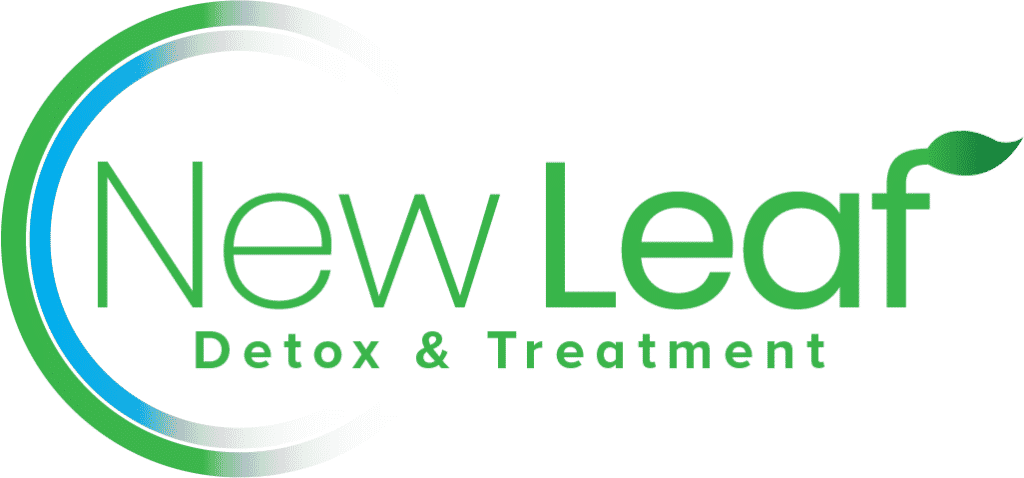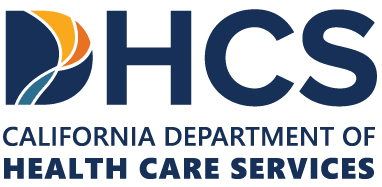Drug detoxification, often referred to as drug detox, is a process designed to help individuals safely and gradually rid their bodies of drugs or alcohol while managing withdrawal symptoms. It is typically the first step in addiction treatment and is crucial for individuals who are physically dependent on substances. Drug detoxification can take place in various settings, including inpatient facilities, outpatient clinics, and even at home, although medical supervision is usually recommended for safety reasons.
Here’s how drug detox works in California
Assessment: The process begins with a thorough assessment by medical professionals. They evaluate the individual’s overall health, substance use history, the type and amount of drugs used, and any co-occurring medical or mental health conditions. This assessment helps determine the most appropriate detox approach and level of care.
Medical Supervision: In many cases, medical supervision is necessary during drug detox in california, especially for substances like opioids, alcohol, and benzodiazepines. Medical professionals may prescribe medications to ease withdrawal symptoms and reduce cravings. These medications can include methadone, buprenorphine, naltrexone, or others depending on the substance being detoxed from.
Stabilization: During this phase, individuals are closely monitored as their bodies adjust to the absence of drugs. Withdrawal symptoms can range from mild to severe, depending on the substance and the person’s history of use. Medical staff will provide care to manage these symptoms and ensure the individual’s safety.
Psychological Support: Drug Detox in California
Detox can be mentally challenging, so individuals often receive psychological support through counseling or therapy. This helps them cope with cravings, emotional distress, and the psychological aspects of addiction.
Nutritional Support: Good nutrition is essential during detox to help the body recover from the effects of substance use. Proper nutrition can also aid in reducing cravings and improving overall health.
Gradual Tapering (if applicable): For some substances, especially prescription medications and certain drugs, a gradual tapering approach may be used. This involves slowly reducing the dose of the drug to minimize withdrawal symptoms.
Aftercare Planning: Drug Detox in California
Once detox is complete, it is important to transition into ongoing addiction treatment. This may include residential or outpatient rehab programs, counseling, therapy, and support groups. Aftercare planning is crucial to maintain recovery and prevent relapse.
Drug detox is not a standalone treatment for addiction but rather the initial step in a comprehensive recovery process. The length and intensity of detox can vary depending on the individual’s needs and the substance involved. It’s essential for individuals seeking detox to consult with healthcare professionals who can determine the most appropriate approach and level of care to ensure their safety and success in the recovery process.



